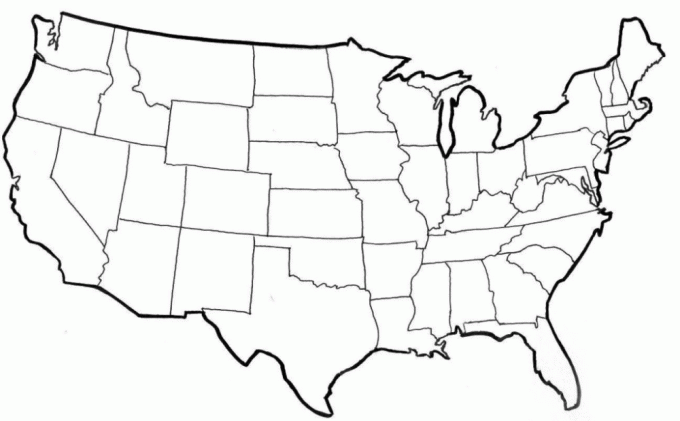The war began in September 1939 when Germany invaded Poland, and ended in May 1945 when Germany signed the surrender treaty. Despite the large number of countries involved, the dispute was concentrated in two opposing poles, composed of the following nations:
- Alliance countries (United States, England and Soviet Union)
- Axis countries (Germany, Japan and Italy)
It is estimated that over the entire duration of the battles, more than 50 million people lost their lives. Only Jews, in the concentration camps, were more than 6 million.
Brazil in World War II
Between 1930 and 1945 Brazil lived the It was Vargas. Therefore, during the war Brazilians were under the government of the Estado Novo, living the height of the dictatorial period of Getulio Vargas.
As it is a dictatorial government, decisions were totally centralized in the hands of the president. Thus, in the early period of World War II, Vargas chose to maintain a certain neutrality.
This position came to an end only in 1942, when Brazil cut its diplomatic relations with the Axis. This happened because Germany attacked some ships off the Brazilian coast, resulting in the death of approximately 500 people.
In addition to American pressure, Brazilians also demanded an active participation of Brazil in the war. Thus, Vargas came to an agreement with US President Franklin Roosevelt and began to support the Allies.
However, effective participation on the battlefronts only began in 1944, shortly before the end of the fighting. In July of that year, the soldiers sent arrived in Italy to fight alongside the United States.
- Free Online Inclusive Education Course
- Free Online Toy Library and Learning Course
- Free Online Math Games Course in Early Childhood Education
- Free Online Pedagogical Cultural Workshops Course
Initially, the North American country was against sending Brazilian soldiers to the battlefields. For them, formal support was enough. However, Vargas managed to negotiate with Roosevelt the modernization of the Armed Forces and the construction of a steel plant in the country, in exchange for the construction of a military base in Rio Grande do Norte.
Thus, on August 9, 1943, the decree creating the Brazilian Expeditionary Force (FEB). Due to the small structure and the low number of men in the Brazilian army, it was necessary to call in numerous reserve members and civilians.

In history, there are reports that most of the combatants were civilians and had never even taken up a weapon. Even so, the FEB contingent reached more than 25,000 soldiers, divided into eight units.
About a year later, on July 16, 1944, the Brazilian soldiers, the name by which the soldiers participating in the war became known, landed in Italy. There, they encountered a harsh reality, as the training they received was not consistent with the situation at the front. Furthermore, temperatures reached 20 degrees below zero, the total opposite of our country.
Scholars say that Brazil helped the United States effectively in the reconquest of Italy, as, until that time, some parts were still under the control of the German army. Some places were even considered strategic points, such as Turin and Monte Castelo.
The Brazilian Air Force (FAB) also participated in the war, with more than 370 soldiers and 28 planes.
End of war and consequences
On May 7, 1945 the High Command of the German Armed Forces signed the Treaty of Surrender, ending World War II.
Right there, in Italy, the Brazilian Expeditionary Force (FEB) began to demobilize. For Brazil, the final balance was 454 dead soldiers and more than three thousand wounded.
For some scholars, Brazil's participation in World War II was negligible, mainly due to the fact that the squares have already arrived in the final moments of the battle and in a place where the Germans didn't give so much importance. However, for others, especially contemporary historians, it was quite relevant.
The password has been sent to your email.



